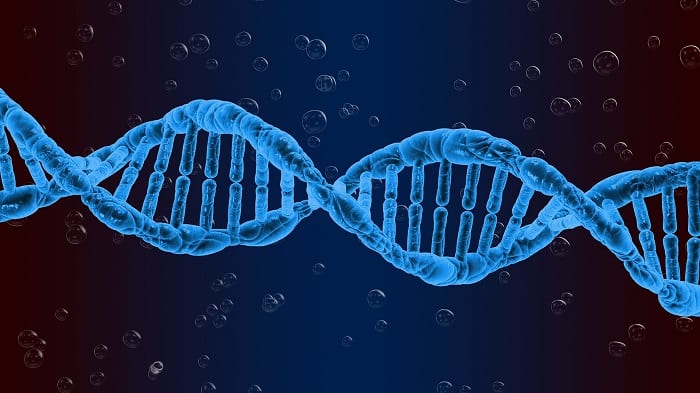Chris Long, an IT worker in the Washoe County Sheriff’s Department in Reno, Nevada, received a lifesaving bone marrow transplant from a European stranger six years ago.
Doctors had recommended the transplant as part of Long’s treatment for acute myeloid leukemia, a type of cancer that prevents the body from producing blood normally.
As a result of the procedure, the healthy blood-forming cells from the donor replaced Long’s unhealthy cells.
This allowed Long’s body to resume normal blood production. It’s no surprise, then, that his blood contains traces of the DNA of his donor.
But things have apparently taken a bizarre turn for the IT professional.

Recipient’s Semen Contains Only Donor’s DNA
Six years after his lifesaving procedure, Long – now in remission – has discovered that it was not only his blood that was affected. Swabs of his lips and cheeks contained his DNA, but also that of his donor.
Even more astonishing, all of the DNA in his semen belonged to his donor, a young German man he has never met.
“I thought that it was pretty incredible that I can disappear and someone else can appear,” Long told the New York Times.
The Times consulted three bone marrow transplant experts about Long’s situation. All three agreed that it was impossible for the procedure to result in a recipient producing sperm containing their donor’s DNA.
The baffled Long had made the discovery after Renee Romero, a colleague who ran the office forensics lab, suggested that the transplant might affect DNA elsewhere in his body.
Romero encouraged Long to allow the office forensics team to collect DNA samples from him before he underwent the transplant procedure. The team then compared these to samples they took after the transplant.
The results of the forensics experiment have now captured the interest of DNA analysts far beyond Nevada.
The assumption among criminal investigators is that each victim and each perpetrator leaves behind a single identifying code. In Long’s case, a criminal investigation would yield two: his and that of the donor.

A Tricky Problem for Forensic Investigators
Mehrdad Abedi, the doctor who treated Long, told the New York Times that his patient’s dumbfounding situation is likely due to the fact that Long had undergone a vasectomy after his second child was born.
That might have something to do with it, but the case has forensic scientists befuddled – and for good reason.
In one recent article, Kristin Houser of Futurism poses a difficult, far-reaching question: “If someone in Long’s situation committed a sex crime and investigators collected semen samples, though, could their blood marrow donor be charged with the crime given the lack of any other DNA at the scene?”
It appears that is one tricky possibility that forensics investigators must consider from now on.
What do you think?






